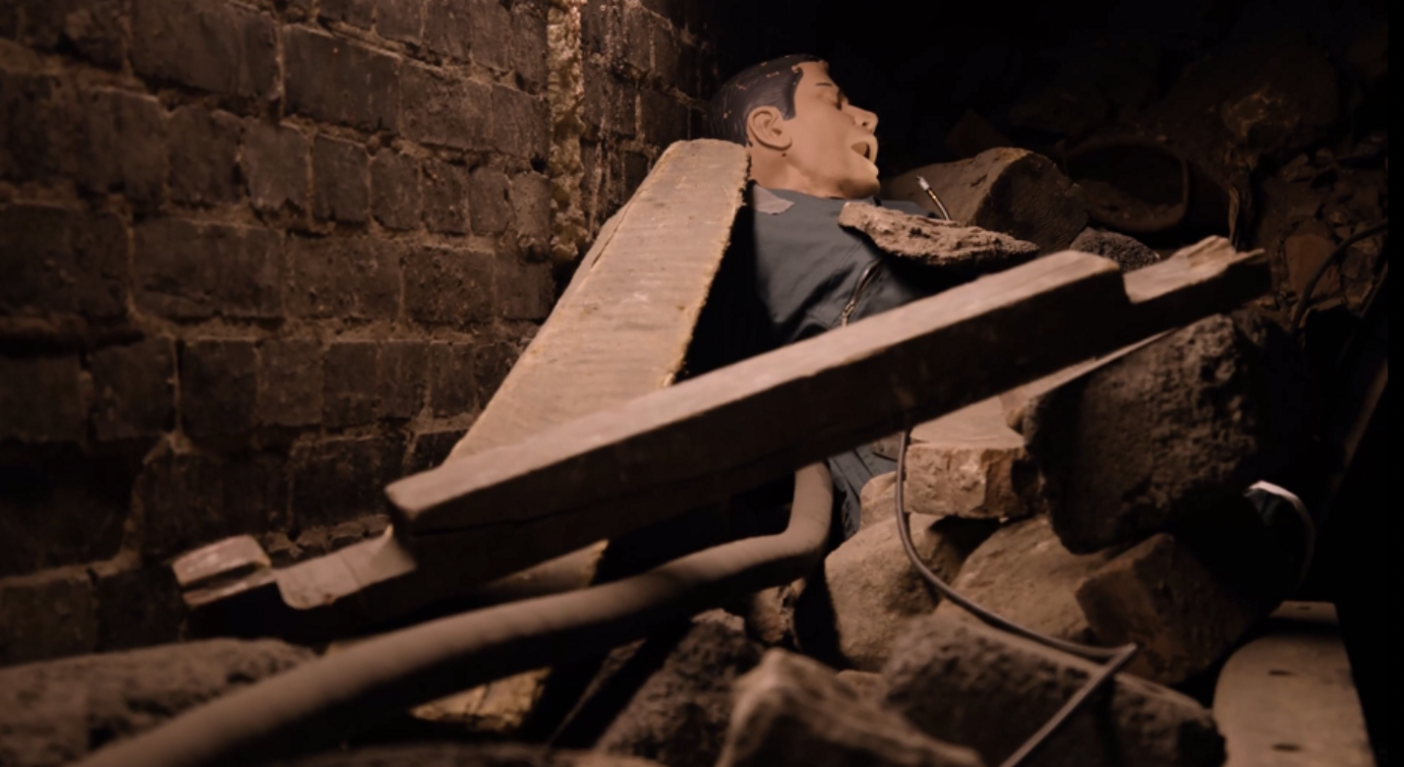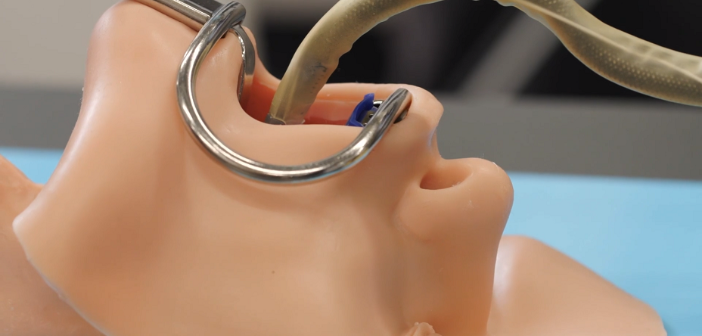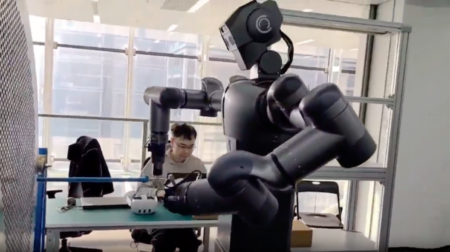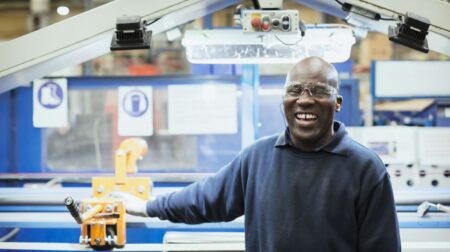Researchers at the University of Nottingham have developed a continuum (snake-like) robot which has successfully been demonstrated in jet engine inspection and repair, as well as nuclear plant installation and maintenance, but is being now refined for medical use.
The repair robot, which takes inspiration from the bendiness and sensing ability of snakes, can access hard-to-reach places in harsh, industrial environments and is could be exploited for use in human surgery.
Based in the Rolls-Royce University Technology Centre (UTC) in Manufacturing and On-Wing Technology at the University, the researchers are the only group in the world to have perfected this kind of remote-controlled technology for industry.
The UTC has now secured Engineering and Physical Sciences Research Council Impact Accelerator funding to adapt the robot, nicknamed COBRA, into the first robot in the UK specifically for throat cancer and injury surgery.
Such kinds of medical procedures are currently performed with endoscopic tools, but COBRA could offer more dexterity, accuracy, and high-definition views for surgical teams, the researchers said.
“For medical applications there are a lot of safety adjustments to make on the design and control method of the probe to make it suitable for inspecting inside the human body,” explained Professor Dragos Axinte, UTC director.
“The robot has potential in a broad range of applications and medicine is an exciting direction for our research to take.”
Just like the real reptiles, the 5m long, ultra-slender robot, which is only about the same thickness as a pencil (9mm in diameter) – can easily slither through crammed spaces and round tight bends in safety-critical machine parts – where miniature scales and inhospitable locations make it physically impossible for a person to inspect or repair without fully dismantling.
According to the team, this system has extraordinary manoeuvrability and responsiveness due to a series of tendons routed along the robot snake’s ‘backbone’ – a compliant-joint structure and multiple continuous sections that enable it to bend at around 90°. When these tendons are pulled (by remote commands) it drives the bending motions – mimicking the range of movements of a human operator’s hands when handling the repair tools.
Additionally, the snake-arm can be different widths and has a hollow interior, through which different tools or instruments can be fitted. It is operated remotely after only a few minutes of training via a controller, much like a large gaming joystick. This enables maintenance engineers, based thousands of miles away, can guide COBRA via a computer screen as it navigates through complex componentry deep inside engines or narrow pipe networks, such as in nuclear applications – some only the same diameter as a £1 coin.
To perform complex industrial repair, COBRA is currently equipped with a stereovision camera and a miniature cutting tool attached to the ‘head’ of the snake (an end-effector); however, other devices to mend or monitor can be interchanged, depending on the task required.

Preliminary studies for COBRA’s medical use have now been carried out with Dr Oladejo Olaleye, a consultant ear, nose and throat and robotic surgeon at University Hospitals of Leicester NHS Trust.
COBRA was tested on a human dummy to access hard-to-reach parts at the back of the throat via the mouth – locations currently inaccessible without highly invasive surgery. The high-definition camera provided excellent views of the throat displayed on an operating screen.
Another potential application for COBRA, which the researchers are keen to progress with funding support, is disaster rescue.
Axinte added: “The snake arm robot is the ideal design to explore tight spaces inside collapsed structures or a caving accident, for instance. It could really help in the search for survivors, especially where its hazardous for rescuers.
“With a carbon dioxide detector attached to the tip of its probe it could pick up human breathing and a camera could report back visual updates. Additional pipes connected to the length of the robot could also provide anyone trapped or injured with vital oxygen and water supplies.”








